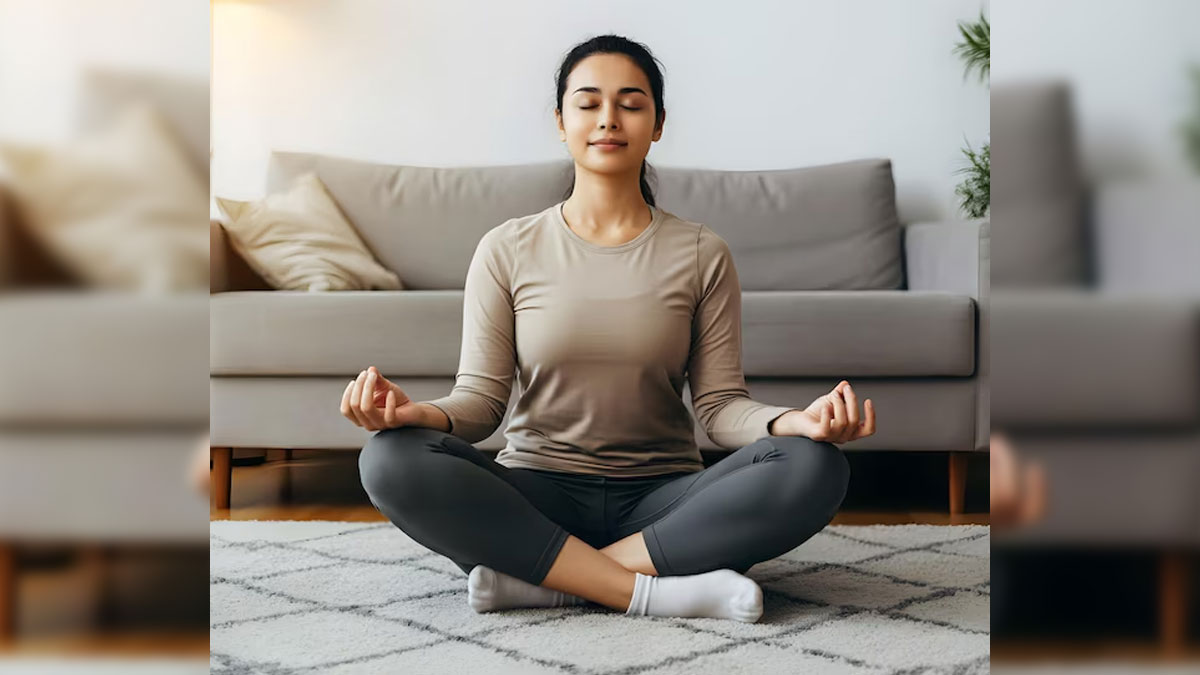
Anxiety can sneak into our lives at the most unexpected moments, leaving us feeling restless, tense, or overwhelmed. Whether it’s work-related stress, personal matters, or even just the fast-paced nature of modern life, anxiety can affect anyone. One effective way to manage these feelings naturally is through diaphragmatic breathing exercises. These exercises not only calm the mind but also regulate the body’s stress response, providing a sense of peace and control. Let’s dive into how diaphragmatic breathing can be a game-changer for those moments of anxiety.
Table of Content:-
CHECK YOUR
MENTAL HEALTH

What Is Diaphragmatic Breathing?
Diaphragmatic breathing, also known as abdominal or belly breathing, involves deep breathing that engages the diaphragm—a large muscle located at the base of the lungs. Unlike shallow breathing, which only fills the upper chest, diaphragmatic breathing fully expands the lungs, allowing more oxygen to enter the bloodstream and promoting relaxation.
Many people tend to breathe shallowly during stressful situations, which can actually increase feelings of anxiety. Diaphragmatic breathing, however, can reverse this by slowing the heartbeat, lowering blood pressure, and inducing a sense of calm.

Several studies highlight the benefits of diaphragmatic breathing for reducing anxiety. A study published in Frontiers in Psychology in 2017 explored the effects of deep breathing exercises on stress and emotions. The study found that participants who practiced diaphragmatic breathing for 20 minutes a day experienced lower levels of cortisol, the body’s primary stress hormone, and showed a reduction in negative emotions such as anxiety and anger.
In another study, published in Psychophysiology in 2019, researchers found that slow, deep breathing exercises could positively affect heart rate variability (HRV), which is a key indicator of how the body responds to stress. Individuals with higher HRV are more resilient to stress, while lower HRV is often associated with anxiety and panic disorders. The study concluded that diaphragmatic breathing can increase HRV and therefore act as a protective measure against anxiety.
Also read: How To Use Your Five Senses To Combat Stress And Anxiety
Diaphragmatic Breathing Exercises for Anxiety Relief
Incorporating diaphragmatic breathing exercises into your daily routine doesn’t require much time or effort. Here are a few techniques to get you started:
1. Basic Diaphragmatic Breathing

This simple exercise can be done anywhere, whether you’re sitting at your desk or lying down:
- Sit or lie down in a comfortable position.
- Place one hand on your chest and the other on your abdomen.
- Inhale deeply through your nose for 4-5 seconds, ensuring that your abdomen rises (your hand on your stomach should move more than the one on your chest).
- Exhale slowly through your mouth for 6-7 seconds, feeling your abdomen fall.
- Repeat this for 5-10 minutes, focusing on the rise and fall of your belly.
This basic exercise encourages full oxygen exchange, which slows the heart rate and lowers blood pressure, inducing a sense of calm.
2. 4-7-8 Breathing Technique

This exercise combines diaphragmatic breathing with a specific breath-holding pattern to further calm your mind:
- Inhale deeply through your nose for a count of 4.
- Hold your breath for a count of 7.
- Slowly exhale through your mouth for a count of 8.
- Repeat this for 4-5 cycles.
This method activates the body’s parasympathetic nervous system, which is responsible for relaxation, making it ideal for moments of acute anxiety.
Also read: What Is The AUM Technique Of Breathing And How Does It Help In Reducing Anxiety?
3. Resonance Breathing
This technique aims to sync your breathing with a steady rhythm, promoting relaxation:
- Inhale through your nose for 6 seconds.
- Exhale through your nose for 6 seconds.
- Continue this rhythm for 10 minutes.
Resonance breathing has been shown to improve heart rate variability and reduce anxiety over time. Regular practice can enhance emotional regulation, making it easier to manage stress in the long term.
Also watch this video
How we keep this article up to date:
We work with experts and keep a close eye on the latest in health and wellness. Whenever there is a new research or helpful information, we update our articles with accurate and useful advice.
Current Version